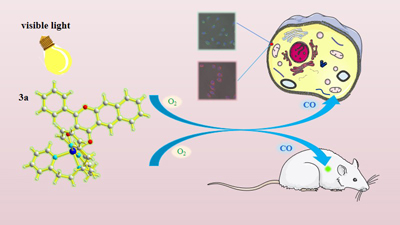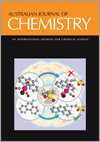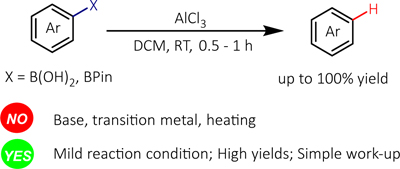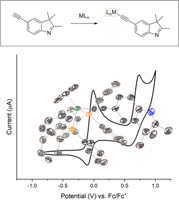Australian Journal of Chemistry
Volume 76
Number 4 2023
Flavonols have an active regulatory effect on organisms, and they have been used to form new types of photoinduced CO-releasing molecules (photoCORMs) with superior application prospects. A range of photoCORMs based on flavonol derivatives were synthesized and screened. PhotoCORM 3a, with a fast CO-release rate and low cytotoxicity, can penetrate the cell membrane well into the cytoplasm, and release 0.03 moles of CO in mice. PhotoCORM 3a can potenitally be utilized as a molecular tool to study the biological effects of CO in organisms, with applications in biomedicine.
AlCl3-mediated protodeborylation of arylboronic acids and esters was reported with mild reaction conditions, high reaction yields as well as a simple work-up procedure.
A nanocomposite Fe3O4@ZIF-8-loaded hydrogel significantly exhibited good biocompatibility toward L929 fibroblast cells. This indicated that the Fe3O4@ZIF-8-loaded hydrogel could potentially be an impressive bio-nanocomposite carrier for drug delivery applications.
A series of organometallic σ-alkynyl complexes incorporating the 3H-indole moiety were designed and synthesised. The complexes were studied using electrochemical and spectroelectrochemical techniques. The N-heteroatom of the indole ligand showed Lewis base properties and could extract a proton from a vinylidene intermediate and coordinate to CuI.









